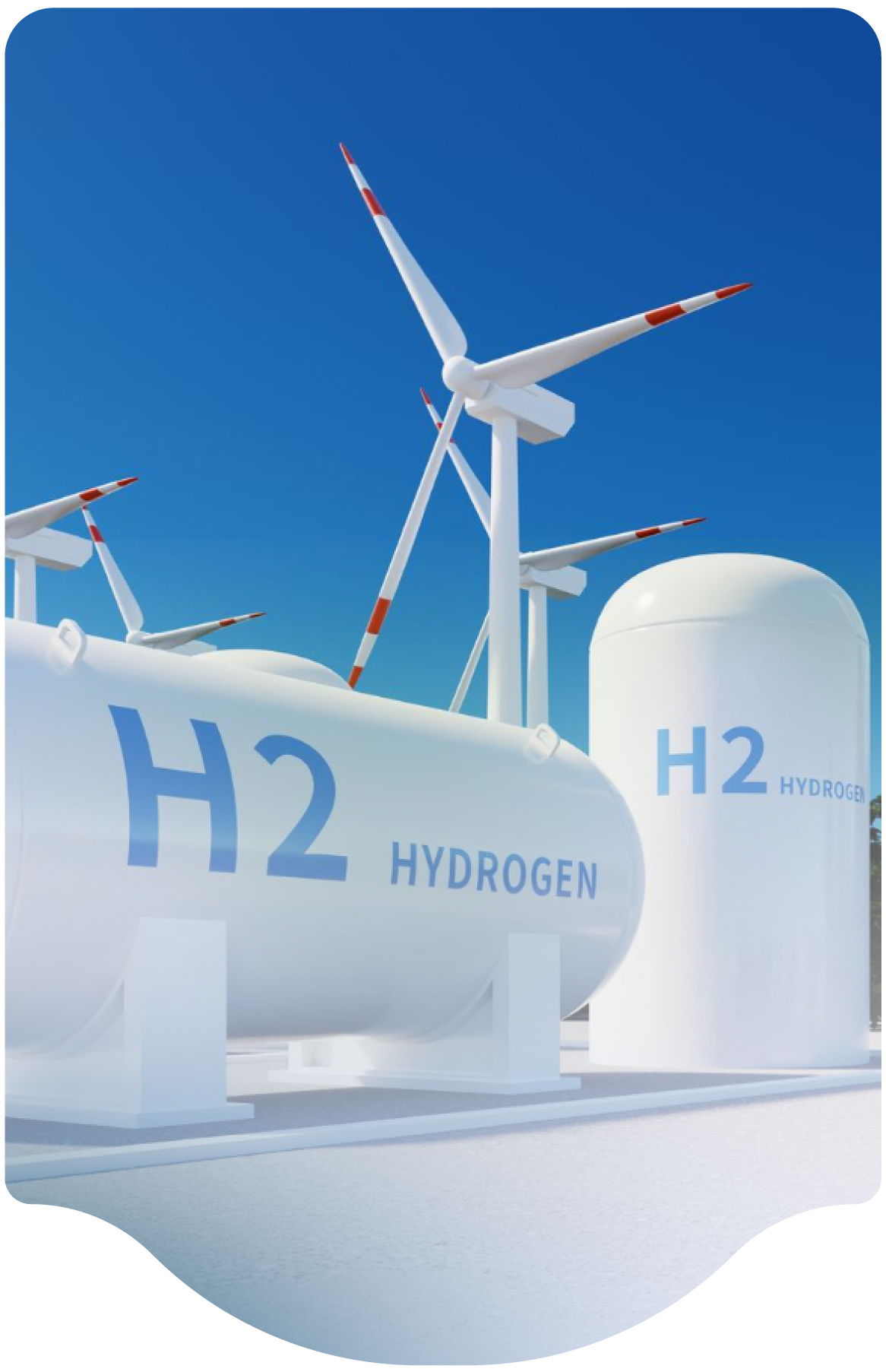There is an ongoing push to install many tubes in one cradle and connect them to one exit. What are your experiences when the TPRD is activated?
There are many designs of storage systems where multiple vessels might be needed to obtain the required storage quantity. Regulations differ between vessels and modules which are intended for stationary or transportation purposes. Similarly, there are differences in codes globally. The issues of requiring shutoff valves on individual vessels and requiring TPRD’s are linked since generally vessels need to be in communication with the pressure relief system. A valve on each vessel will require one or more TPRD on each vessel.
There are trade-offs between the risk of having a large number of valves and TPRD’s, each of which is a potential leak/release source, and having a large number of vessels manifolded together with fewer valves/TPRD’s but then larger banks that contain larger quantity of hydrogen that will be released in a single event. The main disadvantage of multiple vessels being connected to a single TPRD is that a much larger release is possible since each vessel can’t be isolated. This may also require a much larger device to be able to vent the multiple vessels which then means a higher release rate with the associated larger vapor cloud, risk of explosion, and radiation profile. The decision is dependent upon the risk assessment and might be
different depending on the location and application. When a tube has its own, individual TPRD and isolation valve (which must be closed during transport), a smaller release of hydrogen would occur.

